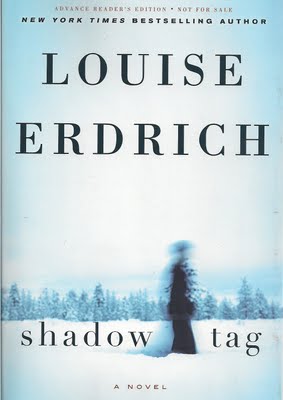By Helen Constantine
Travelling on Line 3 out to the Pont de Levallois in the North West of the Paris metro you pass through a station called Louise Michel. It is named after a feisty, brave woman, sometimes known as the Red Virgin, born in the revolutionary year of 1830, the July Revolution, less bloody than the one with which she herself was to be associated, the uprising of the Commune at the end of the Franco-Prussian War in 1871.
Louise Michel, as she tells us in her Mémoires (1979), was the child of a maidservant in the château de Vroncourt in the Haute-Marne, and –probably – the lord of the manor, or his son. All her life her relationship with her mother was very close. She lived in the château, enjoying a liberal, enlightened upbringing by her grandparents until driven out by her stepmother in 1850, when she was forced to earn her own living. Louise became a teacher and set up her own school, using fairly unconventional methods, and in 1856 she moved to Paris to continue her teaching career, during which time she became increasingly politicized and feminist, as well as violently anti-clerical.
The Prussian army marched on Paris in 1870, Napoleon’s forces were crushed at the Battle of Sedan, and Napoleon himself taken prisoner. The continued threat from the Prussians who were besieging the city, the Thiers government who were compliant to Bismarck’s demands, and the appalling conditions endured by the people that winter – Côtelettes de chien aux petits pois and salamis de rats for example were on a contemporary Latin Quarter menu – led to the uprising by the National Guard and the workers, among them, Louise Michel, and ended in la semaine sanglante (the bloody week), the wholesale slaughter by Thiers’ troops of their fellow-citizens. The fighting finished in the cemetery of Père Lachaise against the wall, now called the ‘Mur des Fédérés’, where 147 Communards were lined up and shot.
Louise managed to escape from the soldiers with her life, but was imprisoned for almost two years and, along with others, deported to New Caledonia, to Noumea on the ship Virginie. Her years of exile, as well as her trial when she returned, and her struggles on behalf of women, are well-documented in her Mémoires. But ‘documented’ is perhaps the wrong word. These memoirs are not only remarkable for their recounting of the facts but also for the way they are written. Her own poems are interspersed throughout and her descriptions shine with that attention to detail which is typical of the poet, whether it is the portrait of the old woman crossing the Hôtel de Ville square during the siege to fetch oil and spilling it because her hands were trembling so much, or her evocation of the shreds of burned paper floating across to Montmartre ‘like butterflies’ from the burning of Paris.
Louise’s Mémoires were too long for me to include in my anthology of Paris Metro Tales but it is somehow comforting to know that her name lives on in this little metro station on Line 3.
Helen Constantine taught languages in schools until 2000, when she became a full-time translator. Her books include the companion volumes Paris Tales and French Tales, and she was consultant editor for Berlin Tales. She is married to the writer David Constantine and with him edits the international magazine Modern Poetry in Translation. Her latest book is 0 Comments on Revolution in the Metro as of 3/16/2011 2:33:00 AM




I've told some people about this book and they are anxious to read it.